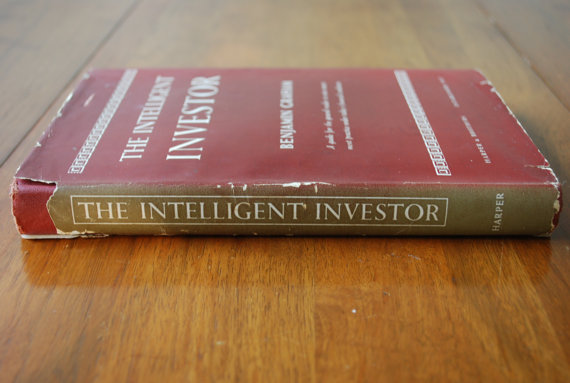Why am I doing this?
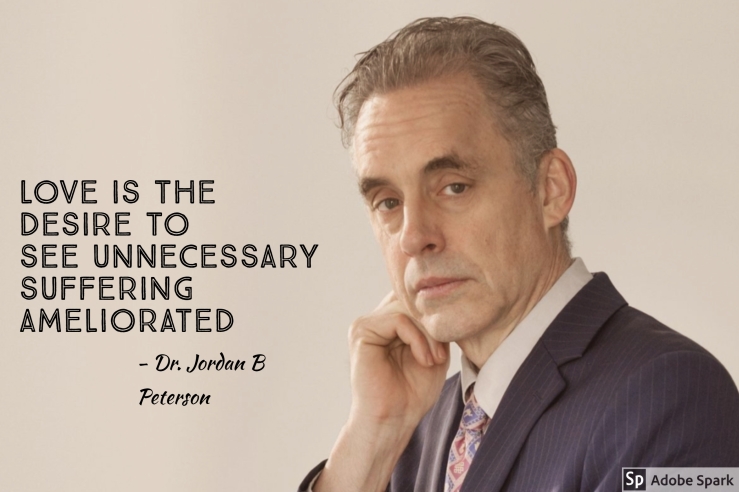
I am doing this to help you.
I have developed a love for finance, the financial markets & how we can not only invest our money but also our time and mental energy to be truly free and have a more desirable life.
A less desirable life is often caused by- not knowing how to save and invest money, time and mental energy. This realization made me talk to the people in my life about what consists a good life and how to get there. Sometimes I see a light bulb lighting above their head, or feel that I’ve helped to alleviate at least one confusion/pain/problem in their life. Serotonin floods inside my body and makes me feel so good! I love this feeling, obviously. I also love how this means that, I can be of, at least a little help, in the process of cleaning up the mess that humanity is facing right now. This made me want to help more people which, gave birth to this blog.
Who is my target Audience?
If you’re under 30, you will benefit most from this blog, but of course people of every age may find this blog useful. It’s never too late to get your act together.
What do I expect you to do(or have) after reading this blog?
More financial freedom
Who wouldn’t want to be able to retire early? To not have to go to work, or, to do the things s/he loves and still have the bills paid?
You will need some really simple daily habits to be able to do this. Like- spending a little less everyday and saving that money in a jar.
You will also need to invest those savings. To know why you must invest, Read this post.
Efficiency in using time, money & mental energy
These 3 resources are our most valuable resources. If used in the right way, they will take you to a better life.
Acquiring new skills fast but also in a proper way
If you’re familiar with Cal Newport’s work, you’ll know how skills can make you ‘so good that they can’t ignore you’. This famous line by him (also the name of his book) points to the fact that, your career satisfaction depends on how skilled you are. He coined the term ‘career capital’ which is the bargaining power you have in your field of work to get more autonomy, competence and relatedness. These three are the traits that makes a career more satisfying. And ‘rare and valuable skills’ are what increases your career capital.
It’s fun and useful to learn new skills even if not for career advancement.
To put knowledge into action
The following quote from Cal Newport illustrates this point perfectly. So I’ll just let you read the quote.
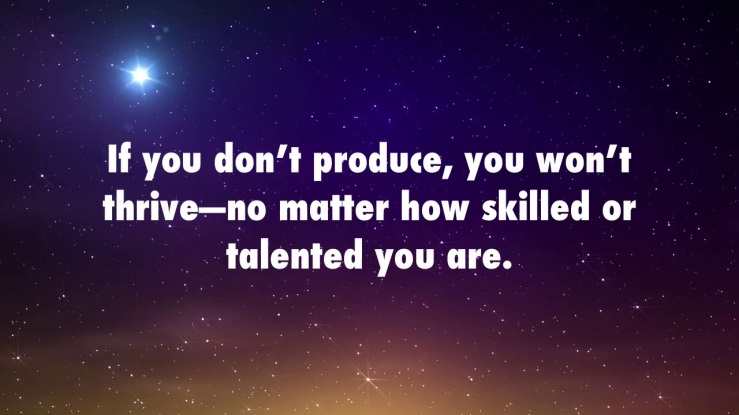
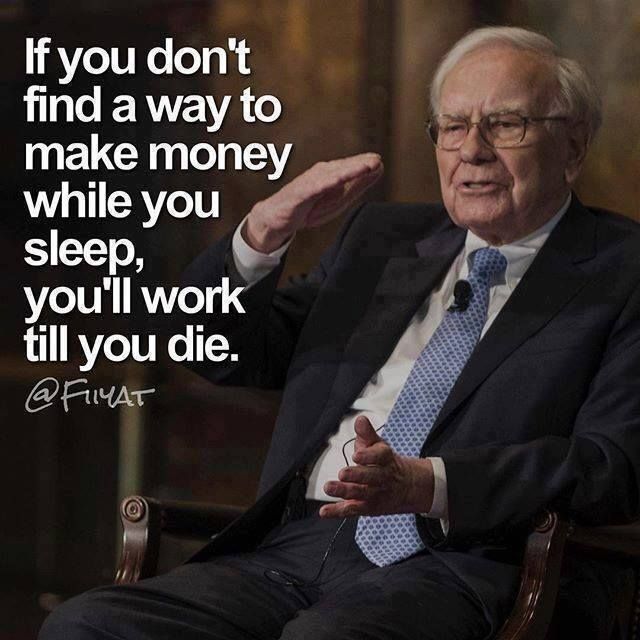

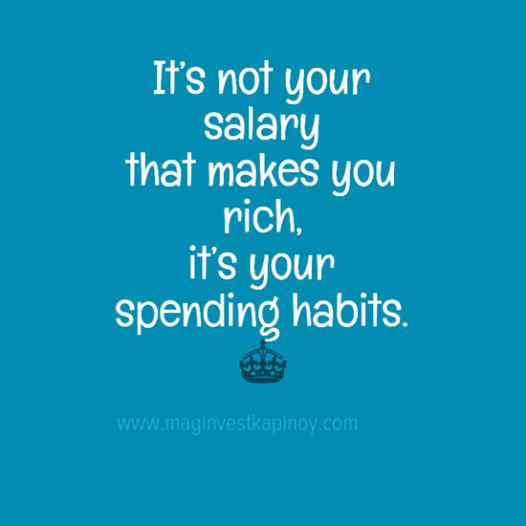
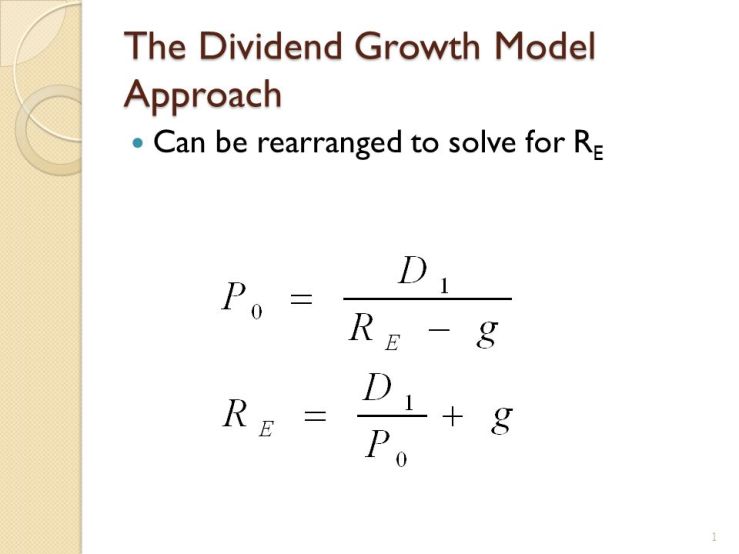
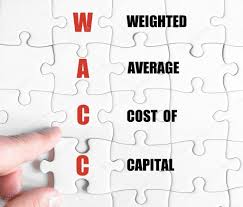 Companies finance their project with money they get from preferred stockholders, common shareholders, lenders etc. This is why, when they undertake any operation, they keep in mind to generate at least ‘the least amount of return’ that would satisfy all these investors. The minimum rate, that is calculated for each project, to satisfy the investors is called the required return. Corporations calculate a weighted average of these required return. This is the Weighted Average Cost of Capital or simply called WACC.
Companies finance their project with money they get from preferred stockholders, common shareholders, lenders etc. This is why, when they undertake any operation, they keep in mind to generate at least ‘the least amount of return’ that would satisfy all these investors. The minimum rate, that is calculated for each project, to satisfy the investors is called the required return. Corporations calculate a weighted average of these required return. This is the Weighted Average Cost of Capital or simply called WACC.
